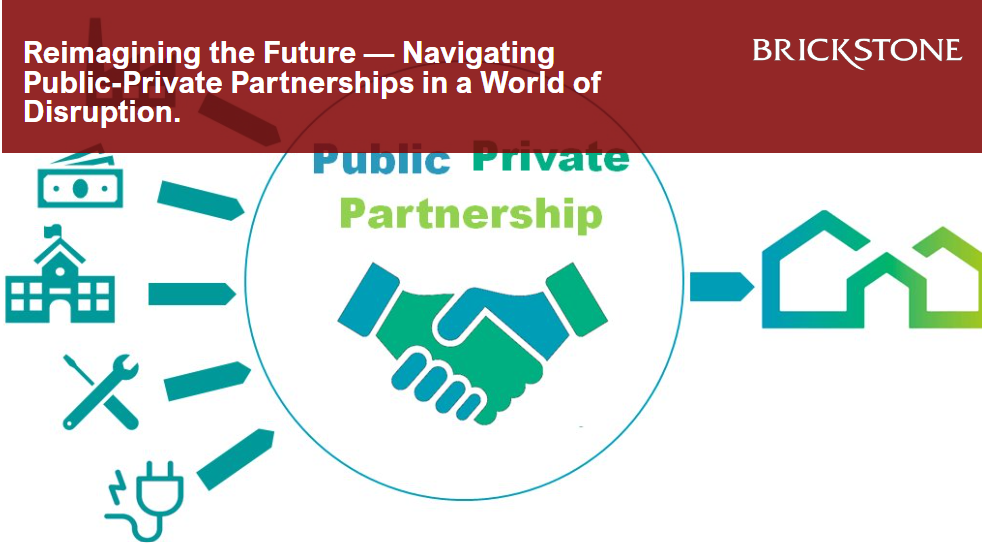Navigating Public-Private Partnerships in a World of Disruption.
Navigating Public-Private Partnerships in a Disruptive World.
Navigating Public-Private Partnerships in a Disruptive World.
The current juncture is one of evolving economic topographies, questioning the potential role of Public-Private Partnerships (PPPs). The times are changing, and we will not be able to continue with the old models; on the contrary, it is necessary to look for new ways of doing things. Public-private partnerships (PPPs), long considered to be a mainstay of infrastructure development and public service delivery, are facing unprecedented challenges. These range from digital to decarbonization and social equity.
In a disruptive era, the public and private sectors will have to engage together in significantly closer partnership. Everything that will affect the real world in our lifetime is a function of adaptation and flexibility, as much for Public-Private Partnership’s core aim but still not fail to deliver value. That means adopting new technologies, from smart infrastructure to AI, and making sure that these innovations are available for everyone.
Equity of benefits: One major challenge lies in the question of whether PPPs bring more advantages to certain urban businesses and areas than others. In most instances, Public-private Partnerships (PPPs) are least likely to be accessible for those communities which stand the greatest burden on infrastructural and service utilization. This is a critical question that needs to be answered for Public-private Partnerships (PPPs) to continue. They need to adapt to the evolving circumstances.
Inclusivity must also be a priority for both governments and private partners to make sure that projects are designed and developed in ways that genuinely benefit all segments of society, particularly those that have been marginalized and overlooked historically. By prioritizing equitable access and consideration for all communities, PPPs can foster a more just and balanced urban development that serves everyone’s needs.
The sustainability of Public-Private Partnerships PPPs is equally important. As the world is verging on to face climate change, this should be mandatory that all the upcoming Public-Private Partnerships PPPs integrate these environmental aspects in their planning and operations. This is a broad statement, transcending that projects must be kind in their ecological footprint and able to adapt to climate change impacts. The most sustainable PPPs will be well among those that strike a balance between economic growth and environmental stewardship, providing future generations with a legacy upon which to build.
My final point is that (spoiler) what happens next year to Public-Private Partnerships will be more contingent on our understanding and grappling with complexity in an era of rapid transformation. If PPPs can embody innovation, redesign risk-sharing mechanisms, achieve scaling through inclusivity, and deliver with a clear commitment to sustainability, they could still be an essential vehicle for solving some of society’s most pressing problems. This is no small feat, but it is also core to the kind of resilient, equitable future we want for everyone.
This article by Brickstone reviews the World Bank’s article on Reimagining The Future: Navigating PPPs in an Age of Disruption.
Read the reviewed publication here.





